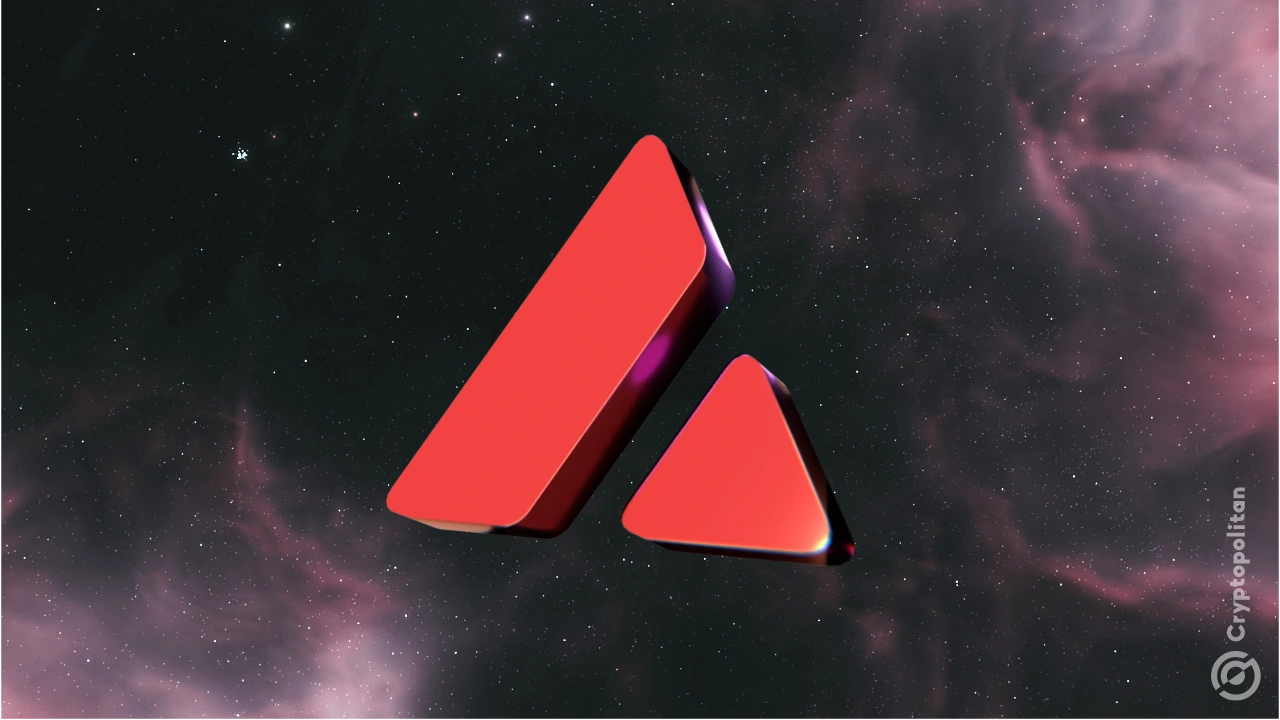Avalanche (AVAX) renewed its approach as a L1 chain, after the launch of Avalanche9000. The project moves from its structure of several specialized chains and subnets to a new, fast network.
AVAX recovered above $50 after the official launch of Avalanche9000. The new network has been in testing since November 25, and only took weeks to reach the official launch as a new L1.
The launch arrives just days after Avalanche secured a $250M funding round from over 40 VC funds with the goal of supporting the updated Avalanche9000 chain.
Avalanche9000 is an upgrade that has been in the making for a long time. The changes are based on multiple community proposals, which were implemented in the launch, also known as the Etna upgrade event.
After the upgrade, AVAX recovered to $50.21, on the verge of re-joining the top 10 coins and tokens. AVAX was at one point seen as a competitor to Solana, though the chain was left with an older collection of apps.
Ahead of the Avalanche9000 upgrade, the chain also saw a boost in its activity. In November, Avalanche produced $1.5M in fees, while previous months ranged under $800K. After the renewed gas structure, Avalanche and its validators will have to adapt to a permanently lower gas income.
Tether (USDT) made up more than 25% of activity on Avalanche as a share of total transactions. Circle’s USDT takes around 10% of transactions, pointing toward DEX swaps as the major source of Avalanche income. Trader Joe and Odos swaps make up another 10% of the network’s transactions.
Avalanche to offer more accessible launches to Web3 startups
Before Avalanche9000, the project carried a complex mix of validator chains, as well as C-Chain, an EVM-compatible network tailored for gaming and Web3. Avalanche was one of the projects to offer curation and advice for new gaming projects.
C-Chain ended up supporting high-profile games, while some projects launched their own subnets. After the update, C-Chain will transform into Avalanche9000, though explorers have not yet reflected the name change.
With the upgraded L1, Avalanche aims to add projects that will each launch their own network, at a much lower cost. Previously, Avalanche required a significant upfront amount of AVAX to launch a subnet, which led to many projects seeking a more accessible solution.
Avalanche9000 will work the same way as C-Chain, but with 96% lower gas fees. All the new L1 will be compatible and offer a seamless experience. The new L1 chains will essentially copy the subnet structure but with much lower initial fees and gas prices.
Avalanche already carries $1.62B in DeFi value locked and is one of the chains to carry native Tether (USDT). The network also carries a version of Aave (AAVE), as well as other DEX and DeFi apps. C-Chain worked in a way similar to Ethereum-compatible L2 and achieved bridged inflows from Ethereum.
Avalanche was one of the few L1 chains to build a connection to Ethereum. During the early gaming and NFT stage, some of the Avalanche projects even started on Ethereum and migrated at a later date.
Avalanche aims to build its own scaling solution
Through its experience with C-Chain, Avalanche noted that a single L1 was not sufficient to carry high-traffic apps and general transactions. Unlike Ethereum, Avalanche wanted to scale with its own collection of new compatible side chains. Each chain would have its own rules while being compatible with the main network.
Even before the upgrade, chains like Dexalot carried a larger number of transactions and consumed more gas compared to C-net. Avalanche’s team wants to repeat that success and invite more Web3 startups to launch a native L1 at a minimal cost. All L1 will be compatible with MetaMask and Avalanche’s Core wallet.
At this point, Avalanche aims to encourage a new wave of product-building. Previously, Avalanche focused on play-to-earn, while also adding several high-traffic DEX like TraderJoe and Pangolin. Apps and gaming projects either had to compete for gas on C-Chain, or make a significant upfront investment to build a subnet.
A Step-By-Step System To Launching Your Web3 Career and Landing High-Paying Crypto Jobs in 90 Days.





